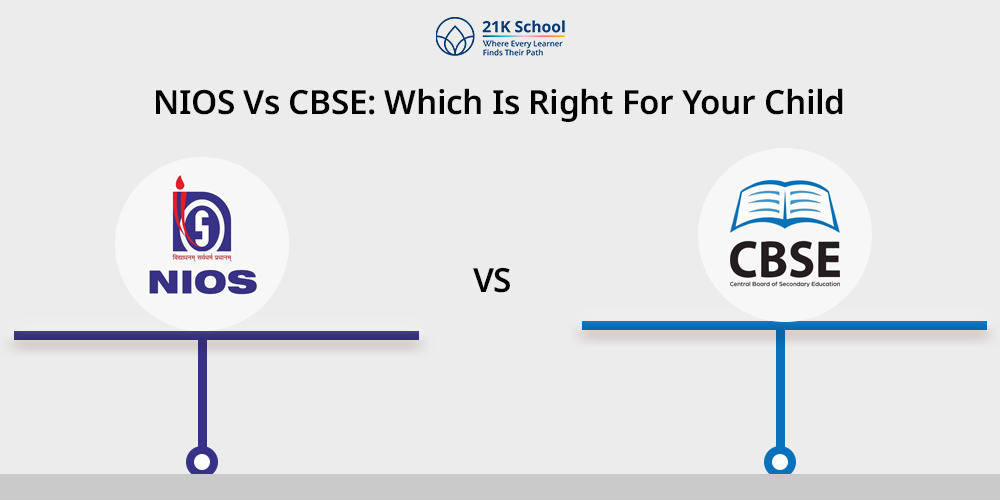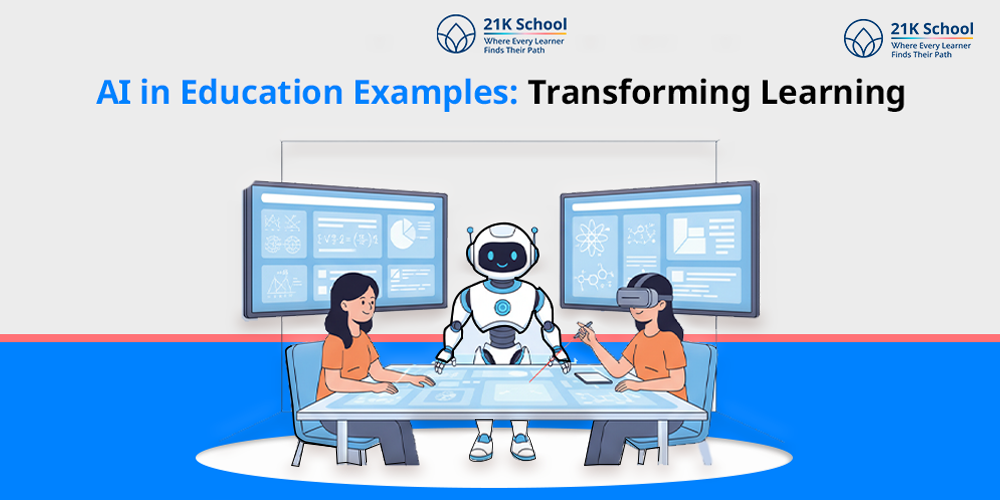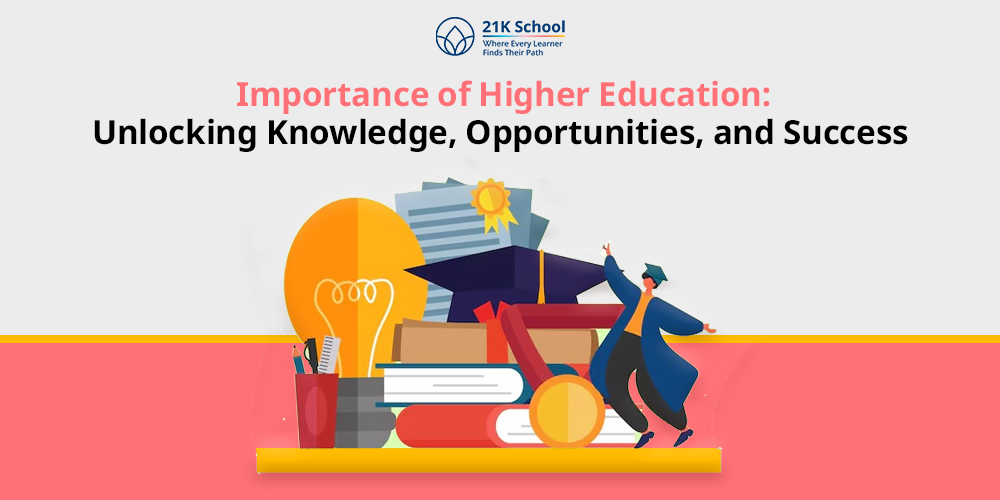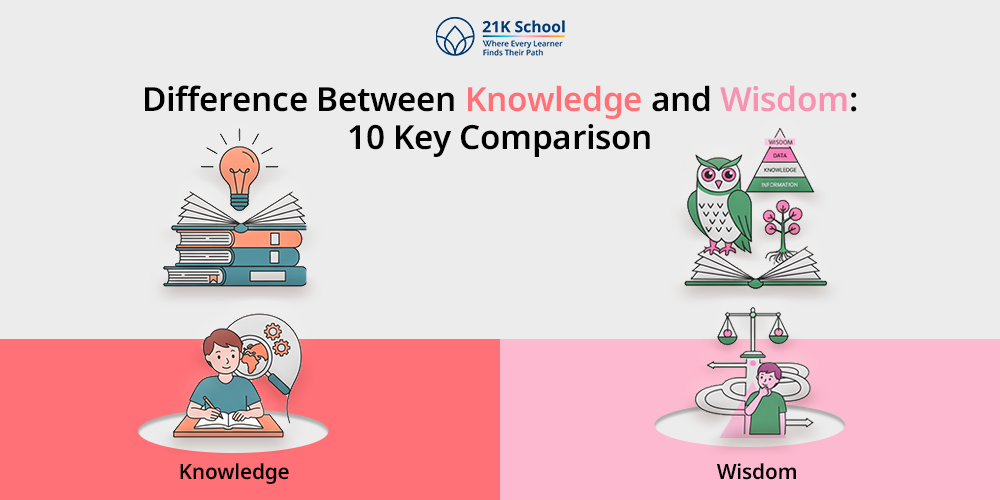
Parents are always concerned about choosing the right educational board for their child. It is one of the crucial parts of modern education .
Selection of boards helps shape students’ academic journey, learning environment, and future opportunities. There are two major boards in India which are often compared.
A common discussion among students and parents involves comparing CBSE and NIOS to choose the most suitable educational path.
While CBSE is one of the popular and well-established options for students where NIOS offers a flexibility in distance learning for learners with unique needs.
But how can one decide which is right for your kid in this competitive world?
Here we will explore each point related to CBSE and NIOS, differences, similarities, and pros and cons of both boards to guide you make an informed choice.
Contents
What is CBSE?
The Central Board of Secondary Education, also popular as CBSE, is a national-level board of education in India for public and private schools.
This board is managed and controlled by the Government of India. It was established in 1962 and affiliated with over 25,000 schools in India and abroad.
CBSE is the first choice of students due to its fixed structured and uniform curriculum and discipline. The curriculum is focused on core academic subjects like Science, Mathematics, and Languages.
CBSE is a suitable option for students aiming to appear in national-level competitive exams like JEE and NEET.
What is NIOS?
NIOS is a short form of National Institute of Open Schooling. NIOS board offers an open and distance learning system with various educational opportunities to different types of students.
Many students who are unable to access traditional schooling or mostly traveling opt this flexible option.
It provides a variety of courses in academic, vocational, and life enrichment programs at both the secondary and senior secondary levels.
If you have decided to go with NIOS, you must read how to take admission in NIOS for 12th class .
Key Differences Between: CBSE vs NIOS
The comparison between CBSE and NIOS lies in their approach to education.
The Central Board of Secondary Education or CBSE is a national-level board of education under the Union Government of India.
However, NIOS is an autonomous institution under the Ministry of Education, Government of India provides education through open and distance learning.
You can also read the comparison of IGCSE vs CBSE . Let’s understand the difference between both CBSE vs NIOS boards:
| S No. | Particulars | CBSE | NIOS |
| 1. | Establishment Year | CBSE was established in 1962. | NIOS was established in 1989. |
| 2. | Curriculum | Curriculum of CBSE board is structured, focused on theoretical and competitive exam preparation. | NIOS curriculum is flexible, learner-centric with practical and vocational options. |
| 3. | Mode of Learning | In CBSE the mode of learning is regular schooling with classroom teaching. | In NIOS the mode of learning is distance and open learning. It also offers online education and on-demand education. |
| 4. | Exam Schedule | Exam schedule here is fixed on an annual basis from feb to april. | Exam schedule in NIOS is twice a year, April or May and October or November. |
| 5. | Student Type | CBSE is suitable for students who are seeking a traditional schooling approach. | NIOS is ideal for working students, dropouts, or those seeking flexibility in learning. |
| 6. | Recognition | It is recognized both Nationally and internationally. | NIOS is recognized by Government, UPSC, colleges, and abroad institutions. |
| 7. | Medium of Instruction Used | Medium of instruction in this board is given mostly in English and Hindi. | However, the medium of instruction in NIOS can be in multiple regional languages, English, and Hindi. |
| 8. | Difficulty Level | Difficulty level is comparatively higher with emphasis on academic rigor. | Difficulty level in NIOS is moderate, designed to suit diverse learning needs. |
| 9. | Suitability | CBSE is best for students aiming for competitive exams and structured careers. | On the other hand, NIOS is suitable for students needing flexible schedules or second chances. |
| 10. | Distance Education | Not applicable. | Core offering of NIOS is open and online learning. |
| 11. | Cost Comparison | CBSE has higher costs due to school fees and related expenses. | NIOS is more affordable as compared to CBSE. It has low registration and exam fees. |
| 12. | Subject Selection | CBSE is based on predefined streams such as Science, Commerce, Arts. | In NIOS students get a wide subject choice, including vocational and life skills subjects. |
| 13. | Flexibility | It is less flexible with fixed attendance, curriculum, and schedule. | It is highly flexible, self-paced, on-demand exams, and wide subject choices. |
Key Similarities Between NIOS and CBSE
Both CBSE and NIOS boards have some similarities which makes them ideal choices for students. Here’s an elaboration of similarities:
1. Under Common Authority
Both CBSE and NIOS come under a common authority named the Ministry of Education, Government of India.
2. Curriculum Framework
The curriculum framework followed by both CBSE and NIOS is the NCERT (National Council of Educational Research and Training).
3. Focus on Education
The objective of CBSE and NIOS is to focus on the education of children no matter which caste, community or religion they belong to.
4. Eligibility for Competitive Exams
No matter which board students selected, both are eligible to apply for competitive exams like NEET, IIT.
Pros and Cons of NIOS and CBSE
NIOS and CBSE both have pros as well as cons. By understanding them, they guide students to choose the right one.
Let’s explore in a more detailed look at the pros and cons of each:
Pros of NIOS:
1. Flexibility
NIOS provides students flexibility to learn at their own pace and schedule. This makes it a right choice for students with diverse needs.
2. Multiple Exam Attempts
Students are eligible to apply on exams multiple times within a five-year period. This will reduce exam stress and offer new opportunities for growth.
3. Subject Choice
One of the benefits of NIOS is it offers a wide range of choices in subjects. It includes vocational courses, which may not be available in CBSE.
Cons of NIOS:
1. Support System
NIOS mostly may lack the structured support system and guidance of a traditional schooling. The environment is not fixed and can be changed according to preference.
2. Result Delays
Sometimes students get delayed reports in NIOS result announcements which makes it unprofessional.
3. Outdated Materials
As NIOS doesn’t have any fixed structure, its study materials of many subjects have been criticized for being outdated.
Pros of CBSE:
1. Structured Learning
CBSE board from the start has a structured classroom and a well-defined curriculum. The board is popular for its regulations and assessments for students.
It is essential for students who want a disciplined setting especially in the classroom.
2. Standardized Curriculum
CBSE provides a standardized curriculum and assessment for students to provide equal education opportunities across affiliated schools.
3. Wider Recognition
CBSE certificates are widely recognized in both India and abroad. Students who apply in competitive exams can choose the CBSE board.
This opens doors for numerous academic and career opportunities.
Cons of CBSE:
1. Rigidity
CBSE has a fixed curriculum and exam schedule first each class which should be followed strictly. It can be challenging for those who prefer more flexibility.
2. Limited Subject Choice
As compared to NIOS, CBSE provides fewer vocational or alternative subject choices. It is mostly for students interested in non-academic or skill-based learning.
3. Pressure
CBSE is ideal because it helps in focusing on performance, grades, and national-level competition. However, the environment can lead to stress and burnout in some students.
Over to You!
Selection between both CBSE and NIOS depends on your kid’s learning style, requirements, and future goals.
If you are thinking their environment should be structured for competitive exams then choosing CBSE might be right.
You can also explore what are the benefits of state boards shifting to CBSE for students.
If your child needs flexibility, follows an alternative learning path, or faces challenges with the traditional schooling system go with NIOS boards.
Both boards provide strengths in their own way. What really matters is choosing the board that aligns with your kid’s potential and aspirations.



